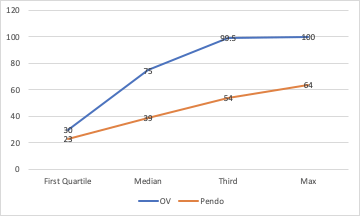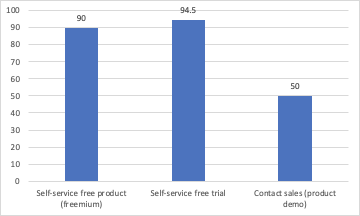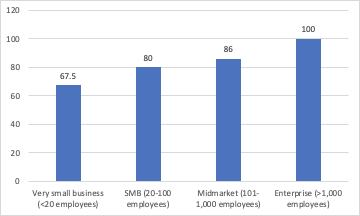Product Retention: How Your Go-to-Market Approach Impacts Churn
Retention is a key factor that can make or break a SaaS business, especially during an economic downturn. In the early 2010s, we all saw the risks of paying a lot upfront. B2C companies like Handy and Uber, for example, had amazing sign-on deals to acquire new customers. However, these ended up being disastrous for their unit economics. Why? Because their retention rates were in the toilet.
So, public and private markets began to put more pressure on all businesses to retain customers. Churn rates, logo retention, and cohort analyses were once considered niche metrics tracked only by top data-driven companies like Netflix and Uber. Now, they’re standard requests during the first phases of diligence for most start-ups.
Unlike other metrics around acquisition or efficiency, retention is driven almost purely by the product. Therefore, individual product managers should own these numbers. But, even if you build an amazingly sticky product, your go-to-market strategy upstream from the user experience does have some impact on your retention numbers.
What the data says
How do I know that? Well, OpenView recently undertook a massive survey of over 150 SaaS companies to identify product and go-to-market drivers of top-line metrics like retention. You can view all of our in-depth findings here. But I went deep into the retention data for this ProductCraft article and was pretty surprised by some of my findings. One of the main ones was that the way you attract users to your product has a massive impact on their likelihood to churn.
First, in the spirit of friendly competition, I compared the data that OpenView had collected for the study vs. the data Pendo compiled for their own product benchmarks interactive experience.

This data shows the retention rate of the product after one month of use, cut by quartile. It looks like Pendo’s dataset has a much lower retention rate, possibly because the product itself was doing the measuring. When measuring churn, relying on respondents’ memory of the metric, an inaccurate calculation, or inconsistent methodology can lead to wide ranges of retention rates.
Go-to-market model and retention
To better understand how an organization’s go-to-market model impacts retention, I cut the data by how each individual business attracted buyers. Were buyers able to use the product before buying? If so, that could have a big impact on whether or not they stuck with the product after payment. As a big believer in try-before-you-buy models, what I found encouraged me:

In the chart above, we have the median retention rate of users in the product after one month of use, sorted by how the business lets users enter the product. As you can see, freemium and free trial models retain users almost 2x better than those that require a demo process before you can access their product. Yikes. Imagine giving those demos and then seeing half of your base leave.
Company size and retention
So I dug deeper and I found something that wasn’t surprising. I’d heard people mention that companies that sell to smaller businesses have higher churn. However, this was really the first time I had data to back that up:

In the chart above, you can see the median retention rate after one month of product usage cut by the market that the survey respondent sells into. As you can see, VSMB and SMB were markets that struggled to hold onto customers. This is why expensive, sales-heavy models rarely work in those environments. It’s hard to hit your numbers when your buyers have a higher propensity to churn in the first place.
Product-led growth and the end-user era
Product users want to find value in the product before they buy it. We’re in the end-user era, after all. As a product manager, it’s always been on you to make sure they find that value quickly during that first visit. And it’s clear from the data that the product should start to play a big role in the user journey earlier and earlier in the funnel to maintain healthy SaaS metrics.
My take? Open up that top of funnel, let the users in, and focus your energy on showing them value quickly, and getting them to convert. You’ll find that as your funnel metrics get stronger, your retention rates will follow.

